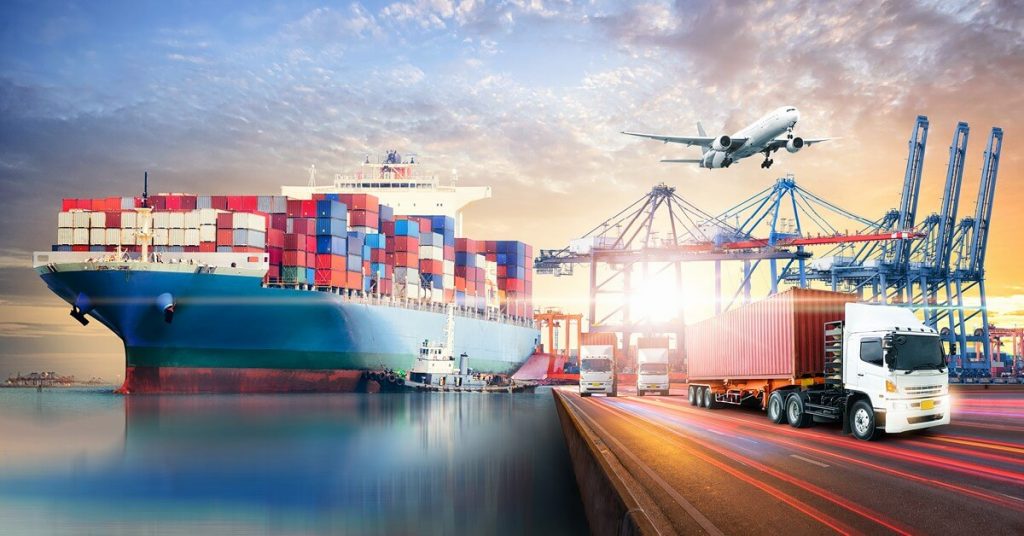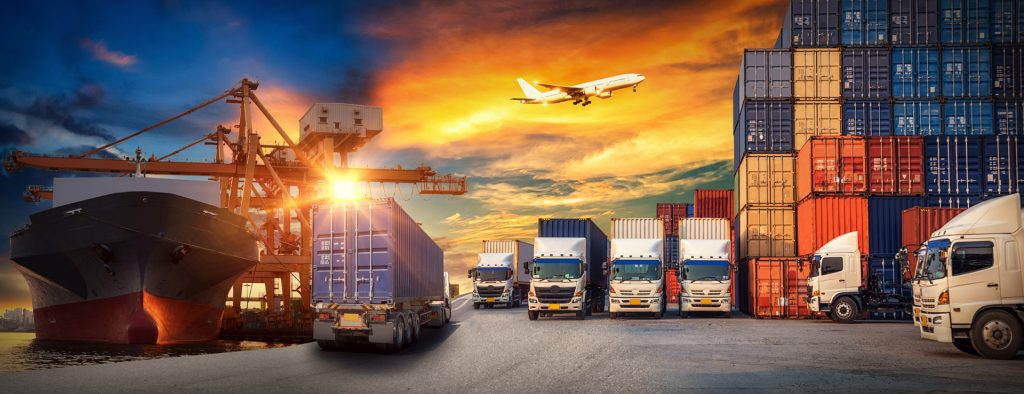Congestion is always a bad experience. Slow speed, longer trip time, vehicular queueing, honking, and a lot of clutch and break, that’s the definition of congestion on roads. Exhausting isn’t it? With all the creepiness of congestion sliding into our lives, there’s no denying that it’s also affecting supply chain operations.

When we talk about the impact of congestion on supply chains, the congestion is not only limited to land transport but also to water and air transport. It is not just the roads that need repair but also the increasingly crowded ports and skies that seem hard to be controlled. This is what leads us to the “expect delays” conclusion. That’s because congestion has become a recurring theme of our transportation system. Time is anyways lost and to begin counting costs, road congestion alone costs companies a fortune in lost time and extra fuel costs.
With such big downsides of congestion, companies are only left with two choices. First, to accept it with all its high costs and low profits, or Second, to take control of fate with some strategic, game-changing actions that cut time and costs from the supply chain.
Must Read: Why is it Necessary to Modernize Supply Chain in the Fashion Industry?
The Congestion Crisis

Now, if you’re thinking to opt for the second option, let’s take a look at all the crises that we’ll be figuring out solutions for. That’s because understanding the magnitude of the crisis and its underlying drivers is the first thing to do before getting on with any kind of solution.
Air Freight is not the Answer
Airports are slowed down by outdated traffic-control systems, limited runway capacity, and shortage of fuel-efficient air freighters.
Railways are near Capacity
The transit time for any goods sent by railway keeps increasing over time.
Insufficient Port Container Capacity
As imports and exports soar, container ports begin to near their capacities but when a recession hits, this problem recedes as port traffic slows down.
Highways don’t seem to keep up with the Rising Demand
As traffic volumes and congestions continuously keep growing on highways and urban roadways, freight and delivery service operators are becoming increasingly challenged to maintain dependable and reliable schedules. This directly affects supply chains and truck-dependent businesses of both the public and private sector operations.
You might also be interested in reading: The Outlook of Supply Chain Post-Pandemic
What is the Solution for the Impact of Congestion on Supply Chains?
All organizations can find ways to minimize the business impact of congestion and gain a strategic advantage over less-prepared competitors just by enhancing their supply chain performance in the following critical ways:
Process Efficiency
Speeding up value delivery can result in remarkable performance improvements. For example, a simple 25% reduction in the time needed to deliver a product or service can double the productivity of labor and working capital. And according to our expertise, we know that businesses that deliver value twice as quickly as their competitors are bound to grow twice as fast and are also three times more profitable.
Information Flows
Supply-chain speed and agility agonizingly increase when data is shared smoothly across the network. What you need is DigiVend which provides you all data on your sales and inventory levels. It also allows you to download purchase orders. With such a close integration, suppliers make a better sense of true demand, which also helps in reducing the effects of congestion throughout the supply chain.
Reduce Variability
The longer your supply chain, the greater the risk of variability. It’s also the inadequately informed planning and needless complexity in processes, products, and portfolios which land your business in trouble. So, improving process efficiency can help you in reducing cycle time which can be a good first step for you towards reducing variability. You can also look for reducing variability by trying to shorten and simplify your supply chains by shifting away from high-volume, world-scale plants that make just a few products to smaller plants that make a wider range of products that are closer to local markets.
That’s because an increase in unit-production costs is often offset by lower logistics costs, faster replenishment cycles, and fewer stockouts and overstocks. The same logic applies to distribution logistics where you can replace global distribution centers with regional warehouses.
Reduce Transit Times
Besides improving process efficiency and shortening supply chains, companies can improve cycle times by rethinking how to transport goods. One tactical approach is to make more use of air freight for the right products – those with high margins, a limited shelf life, or short product life cycles because that is what can cut weeks of time if the same is chosen to be shipped.
Conclusion: Applying the strategies we’ve mentioned above can help your organization’s in reaping the real benefits of growth and profits. It also makes your market value higher and reduces costs. The companies that take immediate action to turn the congestion crisis into a strategic opportunity will stay ahead of their competitors before they get there first.
Recommended Read: The Impact of Cloud Computing on Traffic Management Systems
For more articles like ‘The Impact of Congestion on Supplychains’, follow us on Facebook, Twitter, and LinkedIn.